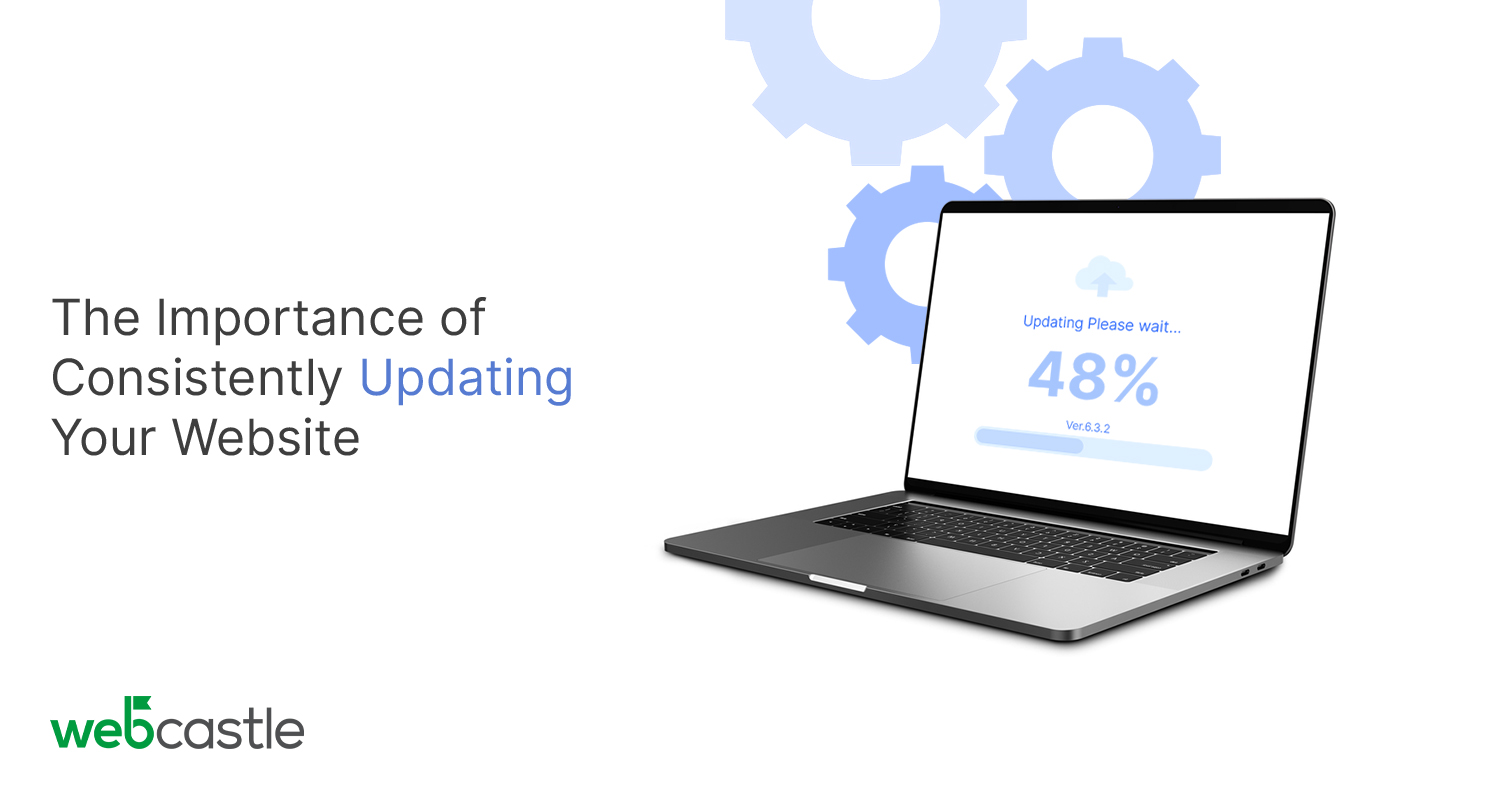In today’s dynamic digital landscape, consistently updating your website is no longer optional – it’s a necessity. With rapidly evolving technology, customer expectations, competitors and algorithms, businesses can’t afford to launch a website and leave it stagnant for months or years.
Regular updates are crucial to keep pace with changes, engage visitors, support business goals and maximize your ROI from the website as a marketing asset.
In this post, we’ll explore some key reasons why consistent website updates are so important along with tips to streamline the process.
Website Content Needs To Stay Fresh and Relevant
One of the top reasons to update website content is to maintain relevance. Outdated information erodes trust and credibility for your brand in the eyes of visitors.
Here are some content elements that require vigilance:
- Blog Posts and Articles – These need updating based on trends, new products/services, evolving search queries and current events related to your industry. Feature new photos and graphics to accompany blogs.
- Product Pages – Update descriptions, specifications, pricing and imagery as items are improved or changed. Add new products promptly to keep the catalog exciting.
- Testimonials – Refresh testimonials periodically and aim for content from different customer personas.
- Company News – Press releases, case studies, announcements or awards should be showcased in a timely manner through the website.
- Industry Changes – Update content to reflect new regulations, technologies, standards or other shifts relevant to your company and customers.
- Location Information – Changes in business hours, store addresses, contact details or maps need quick updates.
Keeping all website content current demonstrates that your company is active, engaged with customers and cares about accuracy.
Website Design Needs Regular Revitalization
Beyond just content, websites also require periodic design refreshes for aesthetics and enhanced usability:
- Visual Design Changes – Tweaking the color scheme, fonts, layouts, images and other visual elements breathes new life into the website’s look and feel.
- Navigation Menu Optimization – Renaming or reorganizing menus and dropdowns based on usage data improves site navigation.
- Layout Improvements – Adjusting textual and graphical content placement improves scannability and information hierarchy.
- Responsiveness – Regular testing and improvements ensure flawless site responsiveness across mobile, tablet and desktop.
- Effects and Interactions – Subtle animations, video integration or interactive elements create engaging experiences.
- Accessibility – Design choices like color contrast and alt text must adhere to accessibility best practices.
Well-planned design changes make the site more aesthetically appealing and usable over time.
Updated Technology is Essential
With technology progressing rapidly, websites require periodic technology and performance upgrades:
- Content Management Systems and e-commerce platforms need updating to the latest version for security and feature improvements.
- Migrating to newer faster web hosting infrastructure improves site speed and scalability.
- Enhancing website architecture for optimizations like lazy loading of images accelerates performance.
- Adding AMP integration makes pages load faster on mobile.
- Switching to HTTPS encryption protects user data and builds trust.
- Expanding site search capabilities boosts on-site information discovery.
Keeping technology current improves both backend stability as well as the front-facing user experience.
Algorithm Updates Reward Fresh websites
Search engine algorithms place significant weight on freshness and regular updates when indexing and ranking websites.
Google especially favors websites that add new, unique content over those that remain untouched for long periods. Updated pages have a better chance of getting crawled and ranked well in search results.
Websites with stale content tend to gradually decline in rankings as competitors overtake them with fresher pages optimized around current search intent.
Regularly updating pages and publishing new content signals search bots that the website is well-maintained and worth ranking higher.
Also Read: The Importance of Having A Mobile-Friendly Website
Conclusion
Allowing a website to go unchanged for months leads to declining traffic, loss of customers to competitors and missed opportunities to accomplish business goals online.
By committing to regular updates across content, design and technology – businesses can keep their website relevant, engaging and technologically robust over the long-term.
Prioritizing freshness and continuously improving the site experience is key to driving more qualified visitors, leads and revenue in today’s dynamic digital landscape. The effort required to maintain a website is far outweighed by the risks of not doing so.

